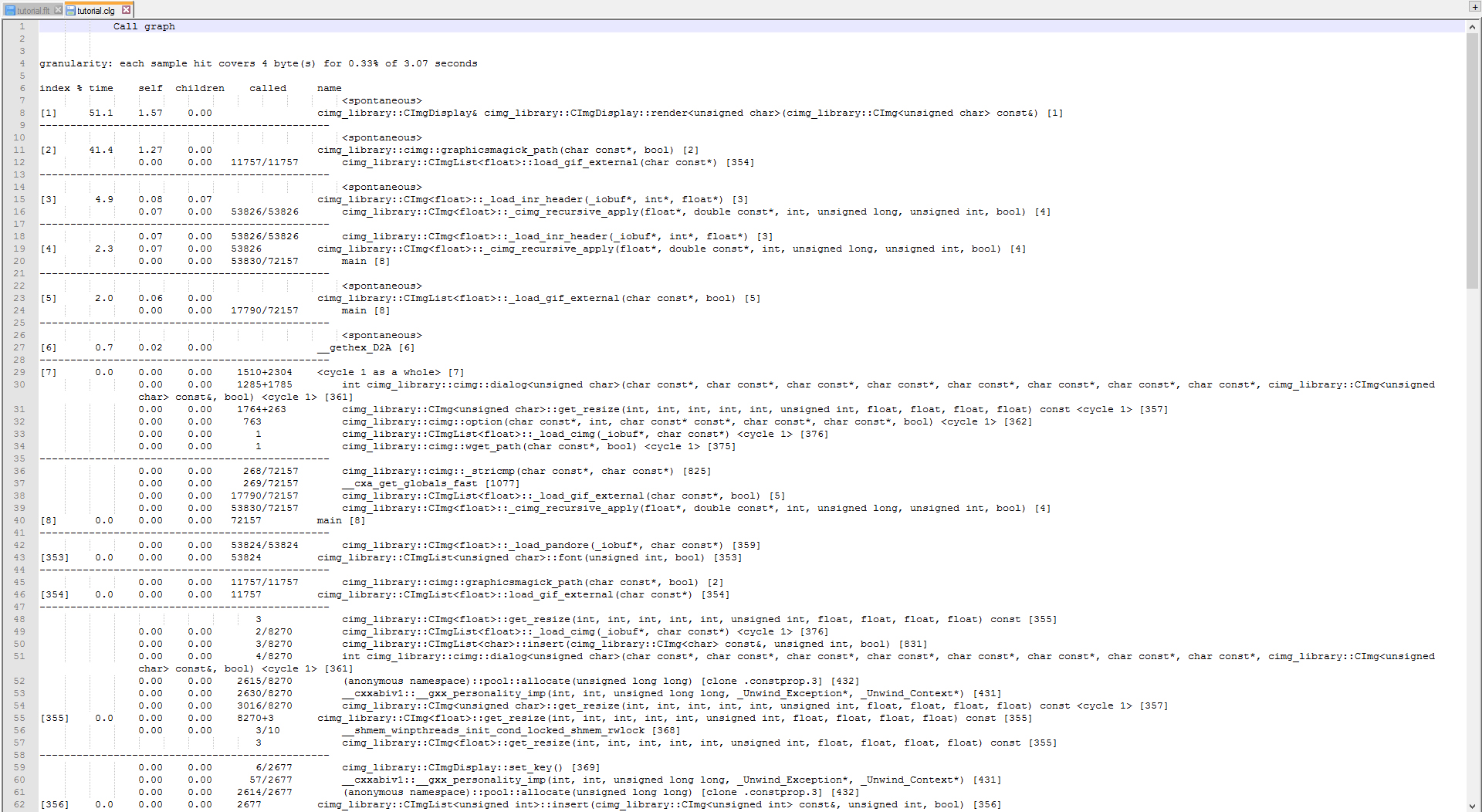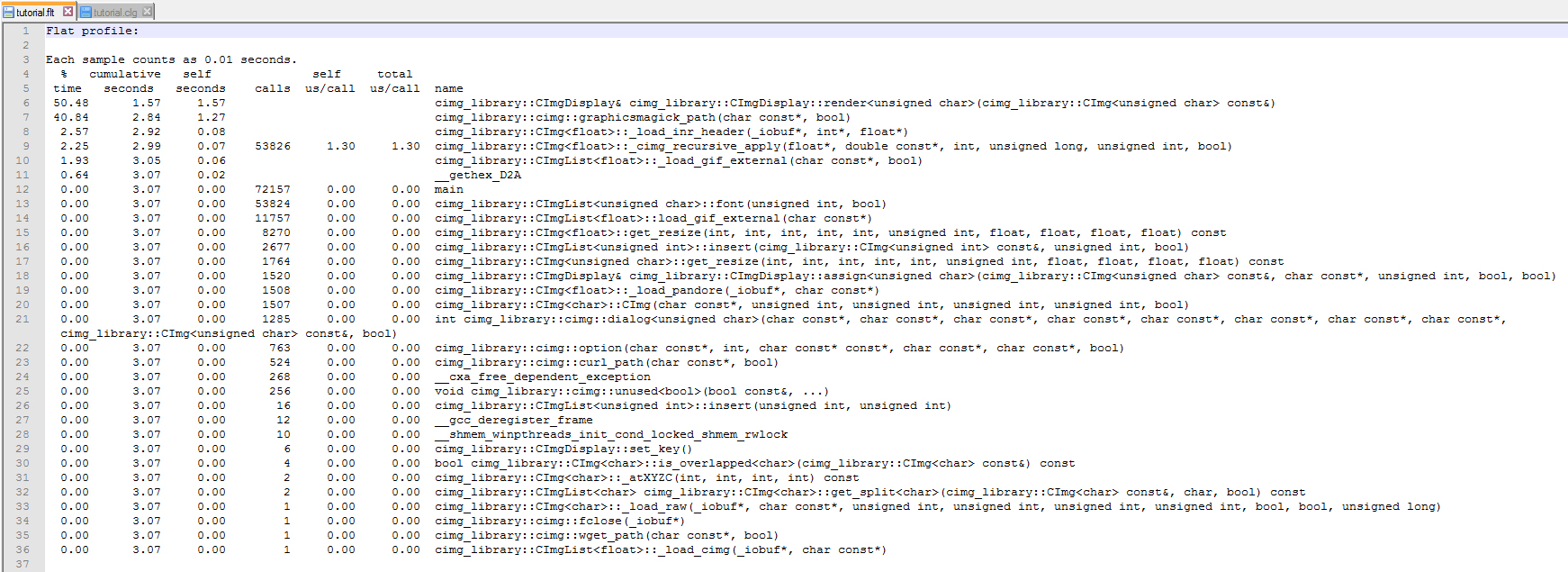Difference between revisions of "Nameless"
(→Assignment 1) |
(→Team Members) |
||
| Line 3: | Line 3: | ||
# [mailto:rlanderson@myseneca.ca?subject=DPS915 Rene Anderson], researching | # [mailto:rlanderson@myseneca.ca?subject=DPS915 Rene Anderson], researching | ||
# [mailto:ftchau1@myseneca.ca?subject=GPU610?subject=gpu610 Francis Chau], researching on Image Processing | # [mailto:ftchau1@myseneca.ca?subject=GPU610?subject=gpu610 Francis Chau], researching on Image Processing | ||
| − | # [mailto:yliu332@myseneca.ca?subject=DSP915 Yiqi Liu], | + | # [mailto:yliu332@myseneca.ca?subject=DSP915 Yiqi Liu], Researching on DCRaw — a commonly used open source RAW image processing library |
[mailto:rlanderson@myseneca.ca,ftchau1@myseneca.ca,yliu332@myseneca.ca?subject=dps901-gpu610 Email All] | [mailto:rlanderson@myseneca.ca,ftchau1@myseneca.ca,yliu332@myseneca.ca?subject=dps901-gpu610 Email All] | ||
Revision as of 21:05, 14 October 2015
Contents
Project Name Goes here
Team Members
- Rene Anderson, researching
- Francis Chau, researching on Image Processing
- Yiqi Liu, Researching on DCRaw — a commonly used open source RAW image processing library
Progress
Assignment 1
Francis' discoveries After doing some research and going through the trouble of building through windows command-line on the latest GNU compiler, I've managed to compile it.
I chose one of the sample projects that CImg carries, "tutorial.cpp". Based on my observations through running it, it measures the amount of Red, Green and Blue values (RGB, primary colours) of a picture; there is one window displaying an image in this case a parrot and the other window to measure RGB values.
After performing some execution tests, I've found that CImgDisplay function consumes the most amount of time at 1.57 seconds.
As well as the call graph diagram:

Yiqi's Findings
- The subject: RAW photo processing using the (commonly used) open source DCRaw library by Dave Coffin
- Library/program source file web page: https://www.cybercom.net/~dcoffin/dcraw/dcraw.c
- The script runProfile.sh in the submitted zip file executes the make command, run the profiling, and display the result
- Findings: the hot spot of the dcraw library is the ahd_interpolate() function, which contains large amount of loops, thus should be suitable of parallelization using GPU
- Although the time to process an individual image is not really long, for a batch of images, the time saving could be significant
- Here is the profiling result:
real 0m15.020s user 0m13.653s sys 0m1.016s Flat profile: Each sample counts as 0.01 seconds. % cumulative self self total time seconds seconds calls ms/call ms/call name 30.34 3.68 3.68 ahd_interpolate() 26.71 6.92 3.24 45411856 0.00 0.00 cielab(unsigned short*, short*) 9.40 8.06 1.14 convert_to_rgb() 8.74 9.12 1.06 write_ppm_tiff() 8.57 10.16 1.04 lossless_jpeg_load_raw() 4.29 10.68 0.52 scale_colors() 3.54 11.11 0.43 crop_masked_pixels() 3.22 11.50 0.39 23384000 0.00 0.00 getbithuff(int, unsigned short*) 3.13 11.88 0.38 3950 0.10 0.24 ljpeg_row(int, jhead*) 1.48 12.06 0.18 23384000 0.00 0.00 kodak_c603_load_raw() 0.49 12.12 0.06 pre_interpolate() 0.08 12.13 0.01 1 10.00 10.00 border_interpolate(int) 0.00 12.13 0.00 42 0.00 0.00 tiff_get(unsigned int, unsigned int*, unsigned int*, unsigned int*, unsigned int*) 0.00 12.13 0.00 26 0.00 0.00 get2() 0.00 12.13 0.00 26 0.00 0.00 get4() 0.00 12.13 0.00 5 0.00 0.00 getreal(int) 0.00 12.13 0.00 4 0.00 0.00 parse_tiff_ifd(int) 0.00 12.13 0.00 3 0.00 0.00 parse_tiff(int) 0.00 12.13 0.00 3 0.00 0.00 ljpeg_start(jhead*, int) 0.00 12.13 0.00 2 0.00 0.00 make_decoder_ref(unsigned char const**) 0.00 12.13 0.00 1 0.00 0.00 apply_tiff() 0.00 12.13 0.00 1 0.00 0.00 parse_exif(int) 0.00 12.13 0.00 1 0.00 0.00 adobe_coeff(char const*, char const*) 0.00 12.13 0.00 1 0.00 0.00 cam_xyz_coeff(float (*) [4], double (*) [3]) 0.00 12.13 0.00 1 0.00 0.00 pseudoinverse(double (*) [3], double (*) [3], int) 0.00 12.13 0.00 1 0.00 0.00 parse_makernote(int, int) 0.00 12.13 0.00 1 0.00 0.00 parse_gps(int)
